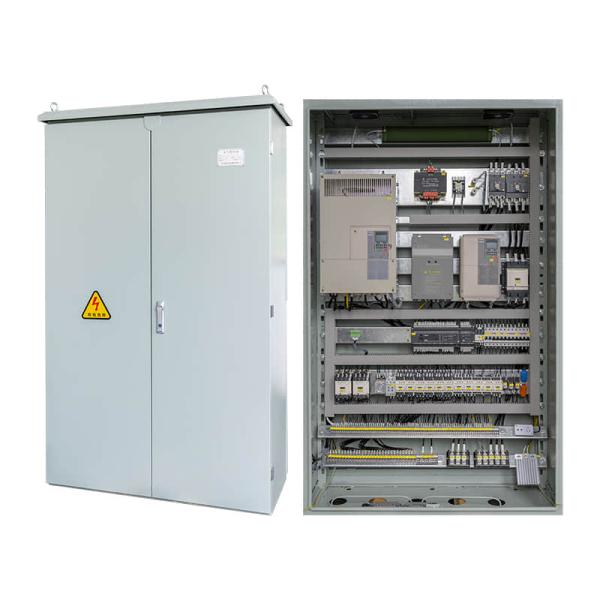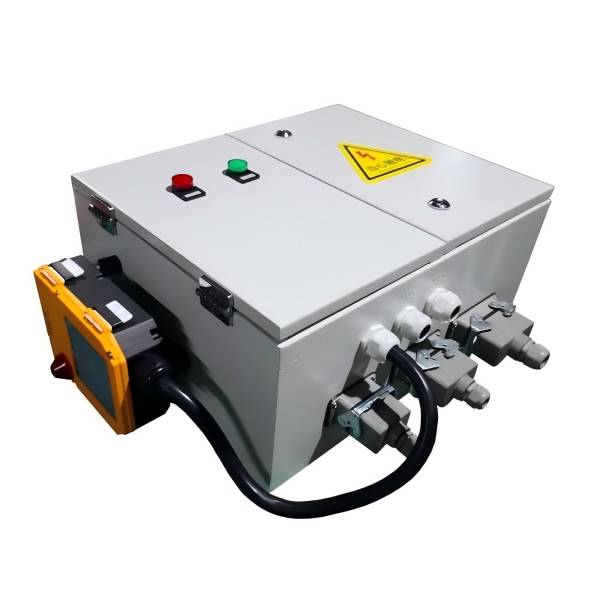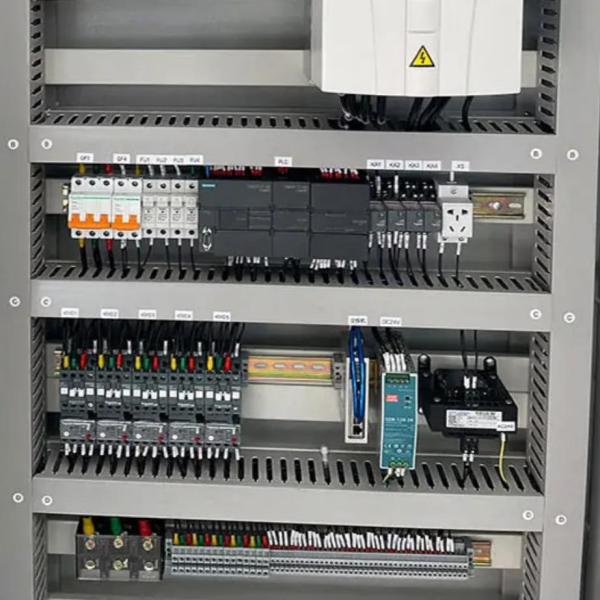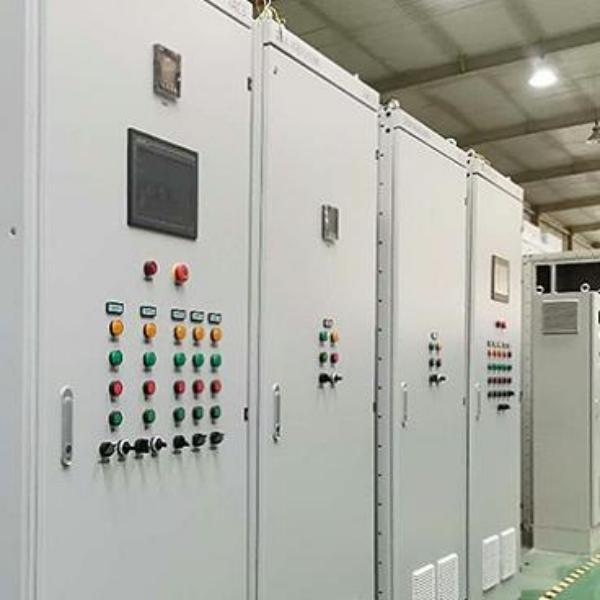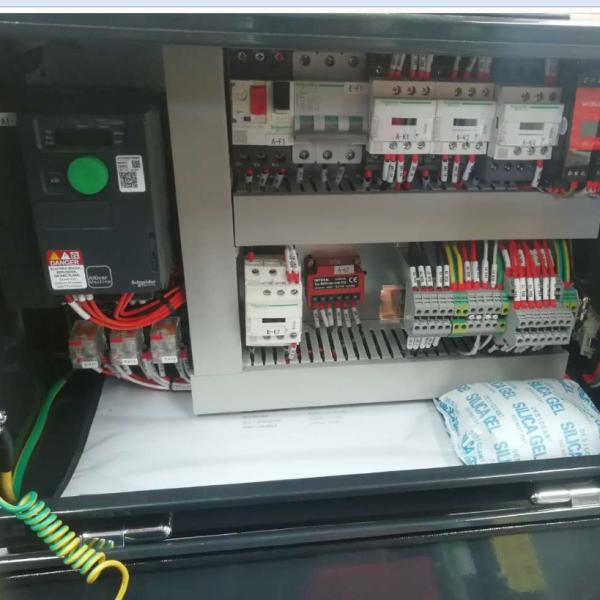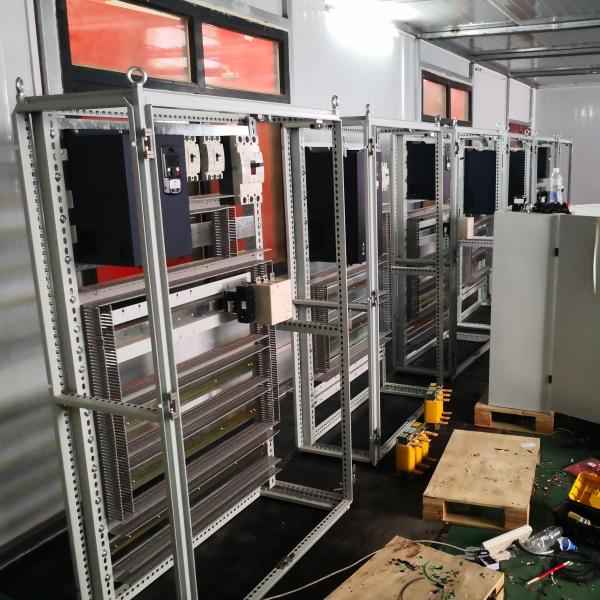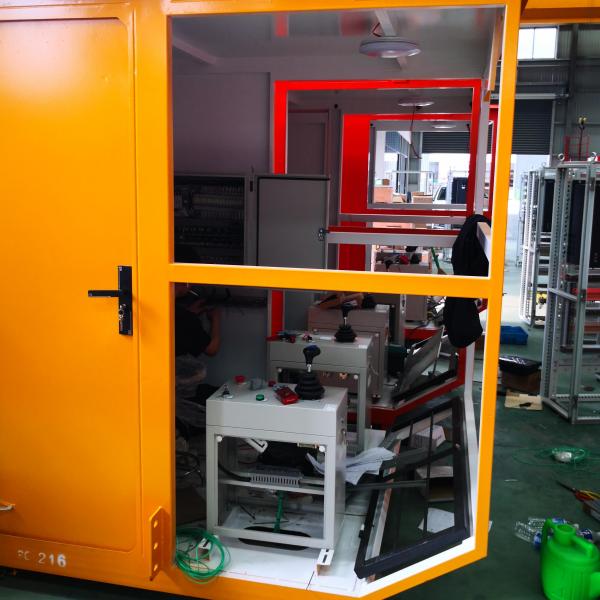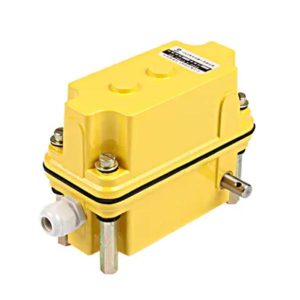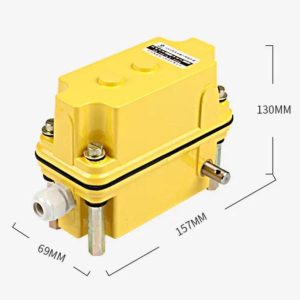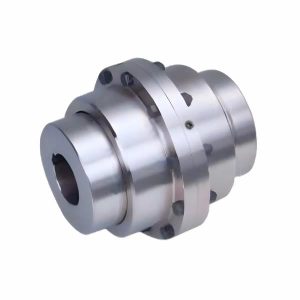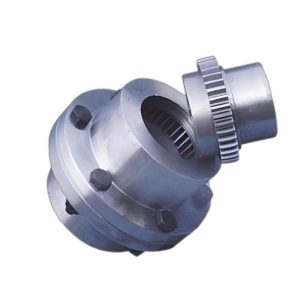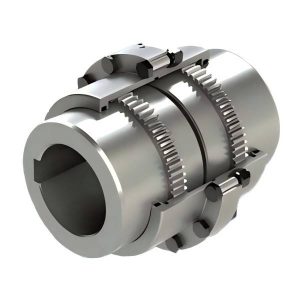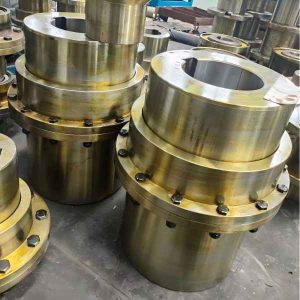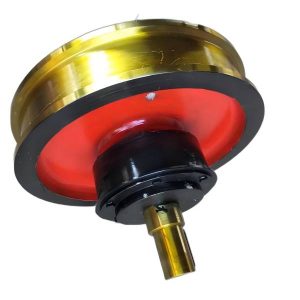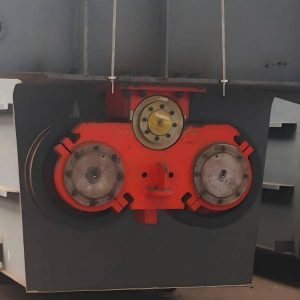Crane electrical control cabinet
Control cabinet,Power cabinet,Signal cabinet,Special cabinet,Data acquisition cabinet,Crane electrical control cabinet,electrical control cabinet,crane control cabinet
Introduction to the Crane Control Cabinet
The crane control cabinet is a key component in the electrical control system of cranes and lifting equipment. It functions as the central hub for managing and regulating various crane operations, including lifting, lowering, traveling, and rotating. By housing essential control elements, safety devices, and power distribution systems, the crane control cabinet ensures the efficient, safe, and reliable operation of cranes across a variety of industrial applications.
Key Features and Functions
- Centralized Control: The control cabinet houses various control elements such as motor starters, relays, contactors, and circuit breakers. These components work together to control the crane’s movements and protect the system from electrical faults.
- Power Distribution: The control cabinet is responsible for distributing power to different parts of the crane, including the hoist, trolley, and travel motors. It ensures that the required power is supplied to each motor, enabling smooth and reliable operation.
- Safety and Protection: Equipped with several safety features, the crane control cabinet includes overload protection, short-circuit protection, and emergency stop circuits. These features prevent accidents and equipment damage, ensuring the safety of both the operator and the crane system.
- Automation and Monitoring: Many modern crane control cabinets include automation systems, such as programmable logic controllers (PLCs) and human-machine interfaces (HMIs). These systems enable remote monitoring and automatic control of the crane, reducing the need for manual intervention and improving operational efficiency.
- Customization: The crane control cabinet’s design can be customized based on the specific needs of the crane, such as motor quantities, load types, and the operating environment. This flexibility ensures that the control cabinet meets the unique requirements of various industries, including construction, manufacturing, and port logistics.
the Crane Control Cabinet Applications
The crane control cabinet is widely used across various industrial environments, including:
- Industrial Cranes: It is used to control overhead cranes, gantry cranes, and jib cranes in factories, warehouses, and production facilities.
- Port Cranes: It is essential for controlling container handling cranes, shipyard cranes, and bulk material cranes in ports and harbors.
- Mining Operations: The control cabinet plays a critical role in controlling and distributing power for cranes used in mining hoists and other heavy-duty lifting applications.
- Construction Sites: It is used to manage tower cranes, material hoists, and other lifting equipment in construction settings.
Installation and Maintenance
To ensure optimal performance, follow these guidelines during installation and maintenance:
- Metal Connections:
Properly connect all metal parts, especially painted or anodized surfaces, using specialized contact pads. - Component Layout:
Arrange components logically, ensuring a minimum distance of 200mm between drives and sensitive electrical parts to minimize electromagnetic interference. - Environmental Conditions:
- Altitude: Below 2000m.
- Temperature: -30°C to +40°C.
- Humidity: ≤ 85%.
- Stability: Avoid areas with excessive vibration or jolting.
- Safety: Ensure the absence of explosive gases or vapors.
Conclusion
In conclusion, the crane control cabinet is integral to ensuring the safe, efficient, and reliable operation of cranes. By centralizing control, distributing power, and integrating safety features, it ensures smooth crane movements while minimizing the risk of system failures. Thanks to its customizable design, the crane control cabinet can meet the specific needs of various industries, contributing to enhanced productivity and operational safety.


